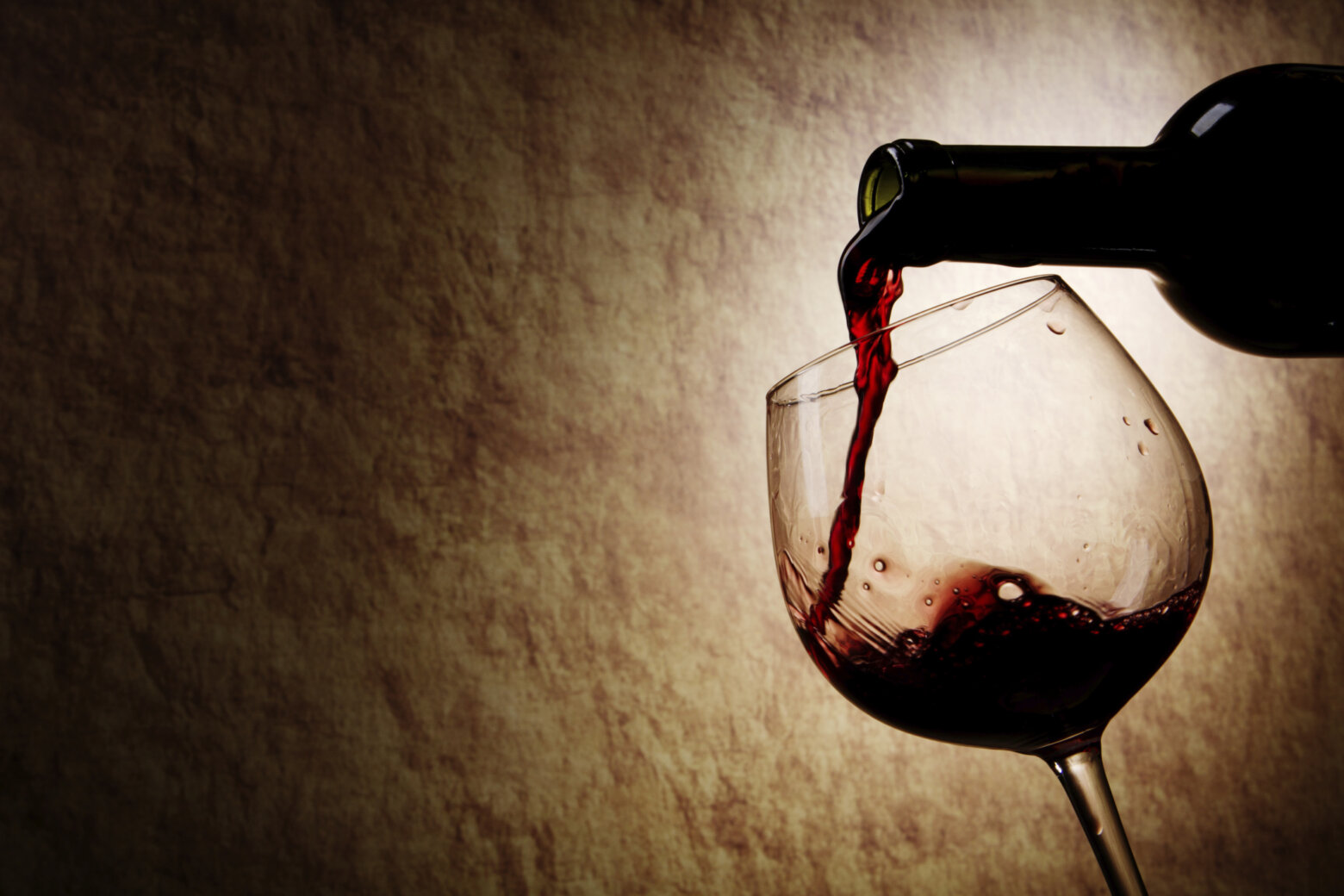I am bundled up from head to toe in a bulky jacket, wool scarf wrapped tightly around my neck, beanie covering my head and Gortex gloves on my hands. As I shuffle through the woods near my home along a well-worn path, I am pulled forward by the steady tug of the leash as my dog alternatively stops for a quick sniff before bolting on to the next olfactory point of interest.
Fortunately, Frankie — an adorable pit bull/boxer mix — is beginning to realize that it is unbearably cold outside and has decided, mercifully, that we should both head back to the shelter and warmth of the house he lets me share with him. From the moment I left the house to take Frankie out for his ritual walk on a particularly frigid evening, all I could think about was warming up with a glass of port, that wonderful Portuguese elixir that has warmed countless souls for centuries.
It all began in the 17th century, when Great Britain declared war on France, thus cutting off their supply of fine wine. The British promptly turned to Portugal, where they decided to add brandy to barrels of wine during fermentation in order to keep it fresh for its long journey down the Douro River to the port town of Oporto, and then back to England and Scotland. This “fortification” created a sweet wine — thanks to the abundant residual sugars — whose noticeable fruit was kept in check by the high alcohol levels. Perfect for a chilly day.
It is important to note that “port” wine actually denotes a place of origin and a type of designation, not a specific varietal. The Douro region, where the port grape varietals are grown, hugs the formidable Serra do Marao mountain range, which begins 40 miles from the shore and races up to the Spanish boarder, almost 100 miles away. Its widest point is no more than 16 miles across. The rocky terrain provides plenty of stress for the three major grape varietals: Tinto Roriz, Touriga Nacional and Touriga Franca.
As for the types of port, there are several different styles, including a white port that is gaining popularity here in the States. All port wines are a blend of several varietals and are crafted by each “house” to achieve a particular style, similar to the practice in Champagne.
Tawny port: This nonvintage wine is aged in wooded casks and is the product of several blends. Individual wines produced in different vintages are aged in 600-liter oak casks for years, over which time they will lose their young, dark purple-black color to gain the distinctive “tawny” hue from which the wine takes its name. The Fine Tawny Porto is a blend of wines, selected from these stocks, that have been aged for an average of three years. The Taylor Fladgate Special Tawny Port is wonderfully versatile. Integrated flavors of sweet, ripe red berry fruit and hints of toasty almonds unite on the palate in this young port, carrying into silky, supple tannins and a fresh, mellow finish. This style provides the perfect foil as either a dessert wine or an aperitif. $17
Port wines with indication of age: These are usually tawny wines that are better-than-average as approved by the Port Wine Institute. They will denote a bottling date along with an indication of their character by the age on the label: 10 years old, 20 years old, 30 years old and 40 years old. They have a tendency to possess more mellow fruit characteristics and have a smoother mouthfeel to them than the aforementioned tawny. Grapes for Dow’s 10-Year-Old Tawny are sourced from the schist soils of vineyards located in the heart of the Douro Valley. This 10-year has a deep tawny color and profile, but retains a hint of fresh fruit, as well as roasted nuts and figs on the palate, which represents Graham’s house style of richness and versatility. $30
Late bottled vintage: LBVs are superb wines, selected from the finest production in outstanding vintages. Whereas vintage port spends two years in casks and then matures in bottle, LBV is matured in seasoned oak and then bottled at between four and six years of age. Hence the term “late bottled.” Its aging process encourages the wine’s development and, as such, at the time of bottling, it is ready to drink without the need for decanting. The 2012 Graham’s LBV Port offers vibrant aromas of blackberry and dark cherry. Full-bodied with brambly fruit flavors, this wine shows Graham’s signature complexity and elegance in perfect balance. I would love to try this with a wedge of Stilton Blue Cheese. $25
Vintage port: Vintage ports account for only 2 percent of all port wine produced. They are highly regulated, including the obscure law that they must be bottled between “July 1 of the second year following the harvest and June 30 of the third year, counting from the year of the harvest.” Port houses do not declare a vintage every year but only in the best vintages. The 2016 Fonseca Vintage Port has a deep rich red color and a full-bodied frame. Powerful notes of blueberry compote, dark plum, blackberry and fig fruit combine for a one-two punch on the tongue. The finish features dark chocolate and blackberry liqueur, and would be perfectly at home with a roaring fire and a good book. If you had a special event that occurred in 2016 — say the birth of a child, or a wedding — I suggest that you buy two bottles and open the second one in 20 years! $95







